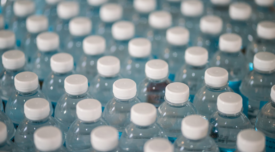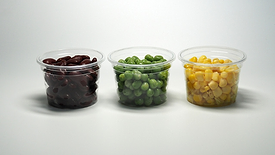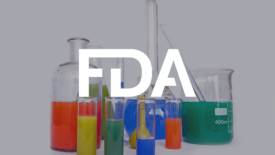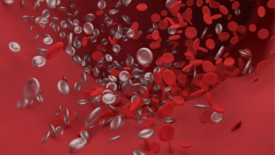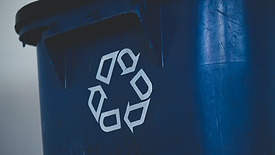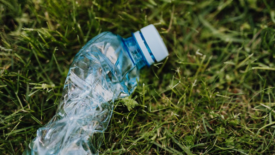Home » Keywords: » chemicals in food packaging
Items Tagged with 'chemicals in food packaging'
ARTICLES
Get our eMagazine delivered directly to your inbox
Stay in the know on the latest science-based solutions for food safety.
SUBSCRIBE TODAY!Copyright ©2024. All Rights Reserved BNP Media.
Design, CMS, Hosting & Web Development :: ePublishing
